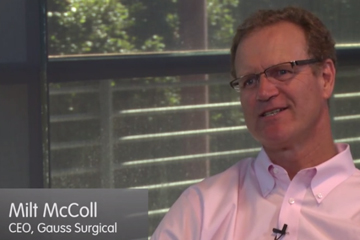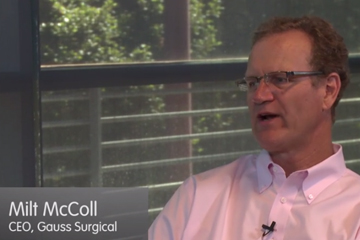Getting Started
For innovators considering how to select and begin navigating a regulatory pathway early in the biodesign innovation process, the resources provided in the Getting Started section of chapter 4.2 will be useful. For regulatory issues that come into play at a more advanced stage of a development program (arising in the context of a start-up or existing company), the following steps are recommended.
Validate Device Classification and Regulatory Pathway
What to Cover
Before investing in the creation of a detailed regulatory strategy, it is a good idea to validate that the device has been properly classified. If a device classification cannot be determined, classification information can be requested from FDA (section 513(g) of the Food, Drug & Cosmetic Act describes this process). Due to the growing complexity of the device market, the number of such requests has been steadily increasing over time.
Where to Look
Review the classification determination as outlined in 4.2 Regulatory Basics (if needed). Look at competitors and similar devices used in different therapeutic areas. Attend major specialty meetings and browse the exhibit floor for ideas about device classification and possible predicates. In addition, the following resource can be used to gather relevant information:
- FDA Overview of Regulations – A high-level overview of FDA’s regulatory pathways and policies.
- Device Advice – CDRH’s self-service site for obtaining information concerning medical devices and the application/submission processes.
- CDRH Learn– CDRH’s online hub for training and continuing education, which includes a series of online video presentations covering a variety of relevant topics.
- Determination of Device Classification – Information provided by FDA to help companies classify a device.
- Device Classification Database – Searchable database provided by FDA to aid device classification.
- CFR Title 21: Food and Drugs – Parts 1 to 1499.
- FDA 510(k) Database – For Predicate devices.
- FDA PMA Database – For other Class III Devices and what was required to gain approval.
Develop a Regulatory Strategy
What to Cover
Involve a regulatory expert and all company functions, especially design, quality, clinical, and marketing, in the development of a regulatory strategy that effectively addresses the chosen path. For either a 510(k) or PMA path, be sure to schedule a pre-submission meeting with FDA to launch the strategy on the right foot.
Where to Look
- Device Advice
- European Commission Medical Device Sector Legislation – Overview of the European directives that govern medical devices.
- MHRA Medical Device Directive – Additional information about regulatory processes in the EU.
- Regulatory Affairs Professional Society – An online source for tools, coursework, guidance, and articles on regulatory subjects.
- Professional Articles – Articles in leading professional journals (e.g., Kaplan et al., “Medical Device Development: From Prototype to Regulatory Approval,” Circulation, 2004, pp. 3068-3072) can provide valuable information and timely insights into the dynamic regulatory process.
Modify and Monitor Regulatory Strategy
What to Cover
Monitor the regulatory strategy being pursued on an ongoing basis. Be proactive in identifying issues and addressing them before they develop into problems that could affect the company’s relationship with FDA. Consider withdrawing any FDA submission that encounters serious difficulties and could be a candidate for a “not substantially equivalent” (NSE) determination under the 510(k) pathway. Maintain open and ongoing communication with FDA to avoid surprises and ensure a constructive, mutually beneficial dialog between the agency and the company. Actively work to avoid the common regulatory pitfalls summarized in online Appendix 5.4.1.
Where to Look
Stay abreast of new regulatory-related information made available in the popular press, professional journals, and on the FDA website.



